Fishtoft, Boston just 48 miles south of Grimsby, a strange death of arsenic poisoning had the community spellbound in 1875. How did Thomas die of poisoning? Suicide or murder? I have summarised some of the court testimonies of some of the witnesses. Take a look and then, I leave this for you to decide.
The location : Fishtoft, Boston, Lincolnshire
The victim : Thomas Green aged 36. He was described as a hardworking man, well respected. He was a Cottager.
His son : George Green aged 12
The accused : Ellen Green aged 32 and her friend John Bonnett, a trolley man, railway worker
The Courts : Session House, Boston and Lincoln Court
The sister : Ellen’s sister, Sarah Stopper


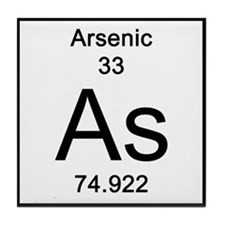
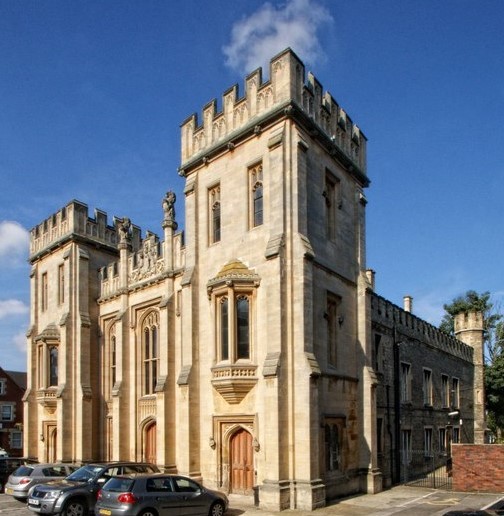
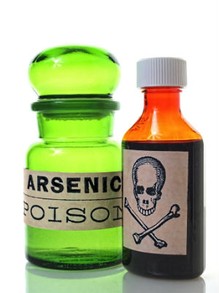
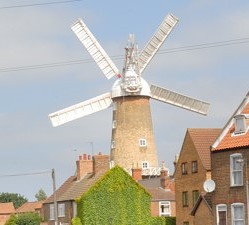
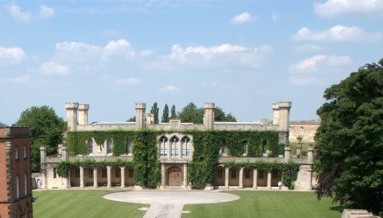
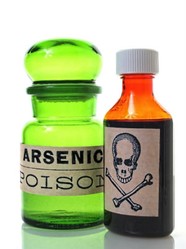

 Blarney Castle and Gardens, County Corkon 06/01/2023
Blarney Castle and Gardens, County Corkon 06/01/2023
 An Cóbh, Corcaigh, Eireon 05/29/2023
An Cóbh, Corcaigh, Eireon 05/29/2023
 Dublin ; The Book of Kellson 04/04/2023
Dublin ; The Book of Kellson 04/04/2023
 The Bee Tree Community CIC;- an online support communityon 08/24/2022
The Bee Tree Community CIC;- an online support communityon 08/24/2022


Comments
We did not move in those circles .....
Apart from which , she was born in the 19th century.
Thank you for your comment below in answer to my previous observation and question.
Agatha Christie at her sister's mansion just two miles from you intrigues me. Might that mean that possibly you and Frank and the rest of your family might have been among the nice characters in Christie novels?
I uave not heard of him but I love Agatha . Her sister owned the mansion just two miles away in Cheadle and Agatha used to visit there .
This wizzley appeals to me among other reasons for the few answers and the many questions that the 149-year-old act activates.
Icelandic mystery writer Ragnar Jónasson counts as one of my three favoritest 21st-century authors. He creates no historical mysteries, just fictitious mysteries, even as this story cries for his style that culls answers to questions. His books draw in contemporary deeds so the next-best development for the Fishtoft Boston arsenic poisoning case perhaps deals with a peripheral discussion such as he does in other demystifications.
Is Ragnar Jónasson known among British Isles-ers? At 17, he translated Agatha Christie's Endless night into Icelandic. He went on to wend his way through 13 more Christie translations, as of the Apr 4, 2017, article Translating Agatha Christie into Icelandic: 'One clue took 10 years' by Guardian US editor Betsy Read.
Your wizzley appeals to detective instincts!
Perhaps an answer can be discovered in the how, when, where, why of Ellen and John befriending one another.
Perhaps it can be found in John's romantic history, if he delighted in one with or without Ellen. Perhaps it can be retrieved in the next chapter of their stories, with Thomas dead and his family removed as suspects.
Do we know what happened to Ellen, George and John?
The third paragraph to the sixth subheading, Police Sgt Henson on Ellen's statement, appears critical.
But how does one find about the last sentence in "On the Saturday morning before he [Thomas] died, he called her [Ellen] into the room and said, “I have done this to myself. I put the arsenic in the kettle when it was boiling on the fire. I done it once before. I put it in the pitcher but my heart misgave me and I threw it away. I have done it because I heard something at Boston that I could not bear”?
Good morning Derdriu
I have scoured the records and can't find what happened to them at all. Today is my last day working for the holidays so once Christmas is done I shall be on the trail.
Your sentiments are correct. I would have hated to have been on that jury and would have certainly decided with caution.
Veronica, Thank you for the history lesson and product lines. Certainly, I'd not want to have been on the jury for this one. It's a bit complicated, what with two different statements supposedly made by the victim, one implicating his wife and the other himself. Is there any indication anywhere as to what happened to Ellen, George and John afterwards?
BSG
Thank you and yes indeed very good point. I think the number of possibilities made even Victorian " justice " have second thoughts.
Regardless, there are no winners in this situation and how the child grew up living with tis knowledge I have no idea.
While the water is suspected as the source, so could be the tea. Perhaps the leaves had become tainted.